Which of the following is most reactive towards electrophillic aromatic substitution for halogen ?




The correct Answer is:A
To determine which compound is most reactive towards electrophilic aromatic substitution for halogen, we need to analyze the substituents on the aromatic ring and their effects on reactivity. Here’s a step-by-step solution:
Step 1: Identify the Substituents
List the substituents present on the aromatic compounds in the options provided. Common substituents include alkyl groups (like CH3), halogens (like Cl), and electron-withdrawing groups (like NO2).
Step 2: Determine the Nature of Each Substituent
Evaluate whether each substituent is an electron-donating group (EDG) or an electron-withdrawing group (EWG):
- Electron-Donating Groups (EDGs): These groups increase the electron density on the aromatic ring, making it more reactive towards electrophiles. Examples include alkyl groups (like CH3) and groups that exhibit resonance donation.
- Electron-Withdrawing Groups (EWGs): These groups decrease the electron density on the aromatic ring, making it less reactive towards electrophiles. Examples include nitro groups (NO2) and halogens (like Cl).
Step 3: Analyze the Effects of Each Substituent
- CH3 Group: This is an EDG due to hyperconjugation and inductive effects, increasing the reactivity of the aromatic ring.
- NO2 Group: This is a strong EWG, significantly decreasing the reactivity of the aromatic ring.
- C2F5 Group: This group has an alkyl component, which can act as an EDG, but the presence of fluorine atoms can also introduce some electron-withdrawing character.
- Cl Group: This is an EWG due to its -I (inductive) effect, although it can have some resonance donation.
Step 4: Compare the Reactivity
Among the groups:
- The CH3 group is the strongest EDG and will make the aromatic ring highly reactive towards electrophilic substitution.
- The C2F5 group has some EDG characteristics but is less effective than CH3 due to the presence of electronegative fluorine atoms.
- The NO2 and Cl groups are both EWGs, which will decrease reactivity.
Conclusion
The compound with the CH3 group is the most reactive towards electrophilic aromatic substitution for halogen due to its strong electron-donating effect.
Final Answer: The compound with the CH3 group (alkyl group) is the most reactive towards electrophilic aromatic substitution for halogen.
---
List the substituents present on the aromatic compounds in the options provided. Common substituents include alkyl groups (like CH3), halogens (like Cl), and electron-withdrawing groups (like NO2).
Evaluate whether each substituent is an electron-donating group (EDG) or an electron-withdrawing group (EWG):
- Electron-Donating Groups (EDGs): These groups increase the electron density on the aromatic ring, making it more reactive towards electrophiles. Examples include alkyl groups (like CH3) and groups that exhibit resonance donation.
- Electron-Withdrawing Groups (EWGs): These groups decrease the electron density on the aromatic ring, making it less reactive towards electrophiles. Examples include nitro groups (NO2) and halogens (like Cl).
- CH3 Group: This is an EDG due to hyperconjugation and inductive effects, increasing the reactivity of the aromatic ring.
- NO2 Group: This is a strong EWG, significantly decreasing the reactivity of the aromatic ring.
- C2F5 Group: This group has an alkyl component, which can act as an EDG, but the presence of fluorine atoms can also introduce some electron-withdrawing character.
- Cl Group: This is an EWG due to its -I (inductive) effect, although it can have some resonance donation.
Among the groups:
- The CH3 group is the strongest EDG and will make the aromatic ring highly reactive towards electrophilic substitution.
- The C2F5 group has some EDG characteristics but is less effective than CH3 due to the presence of electronegative fluorine atoms.
- The NO2 and Cl groups are both EWGs, which will decrease reactivity.
The compound with the CH3 group is the most reactive towards electrophilic aromatic substitution for halogen due to its strong electron-donating effect.
Topper's Solved these Questions
- HALOALKANES AND HALOARENES BOOK - AAKASH INSTITUTECHAPTER - HALOALKANES AND HALOARENES EXERCISE - ASSIGNMENT SECTON - A
45 Videos
- HALOALKANES AND HALOARENES BOOK - AAKASH INSTITUTECHAPTER - HALOALKANES AND HALOARENES EXERCISE - ASSIGNMENT SECTION - B
25 Videos
- HALOALKANES AND HALOARENES BOOK - AAKASH INSTITUTECHAPTER - HALOALKANES AND HALOARENES EXERCISE - Try Yourself
40 Videos
- GENERAL PRINCIPLES AND PROCESSES OF ISOLATION OF ELEMENTSBOOK - AAKASH INSTITUTECHAPTER - GENERAL PRINCIPLES AND PROCESSES OF ISOLATION OF ELEMENTSEXERCISE - Try Yourself
33 Videos
- HYDROCARBONSBOOK - AAKASH INSTITUTECHAPTER - HYDROCARBONSEXERCISE - Assignment(Section - D) (Assertion -Reason Type Question)
24 Videos
Similar Questions
Knowledge Check
Which of the following is the most reactive towards eklectrophilic aromatic substitution?
A B
B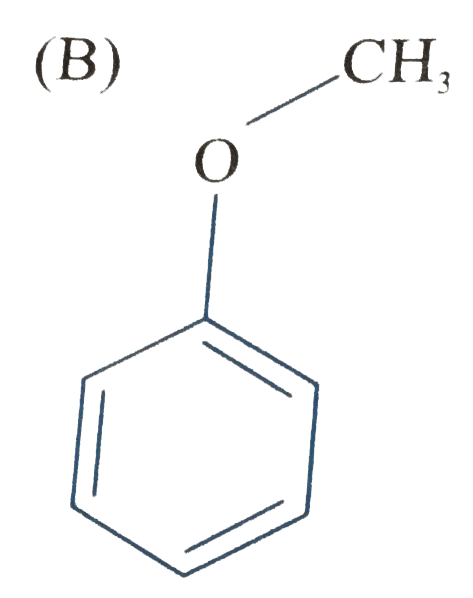 C
C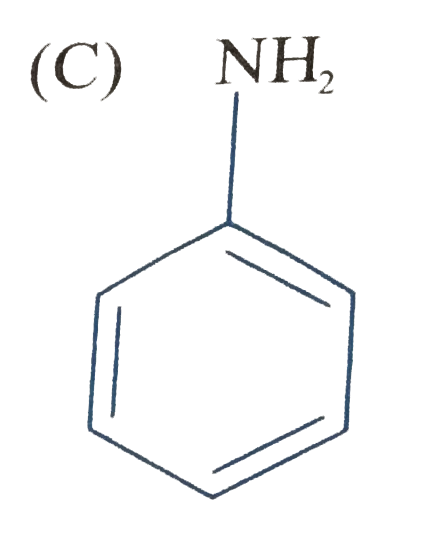 D
D
Which of the following is most reactive towards electrophilic nitration ?
ATolueneBBenzeneCBenzoic acidDNitrobenzene.Which of the following is the most reactive towards electrophilic attack ?
A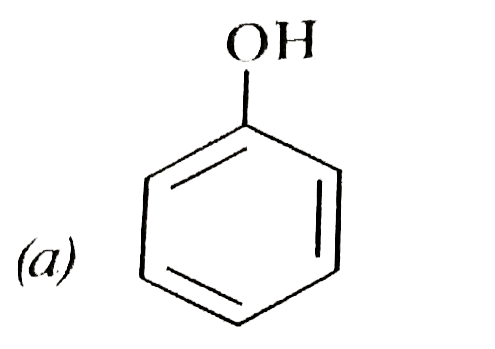 B
B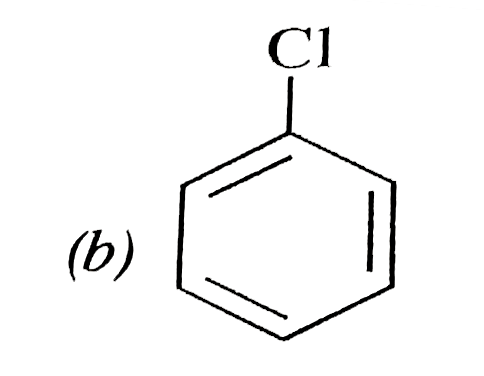 C
C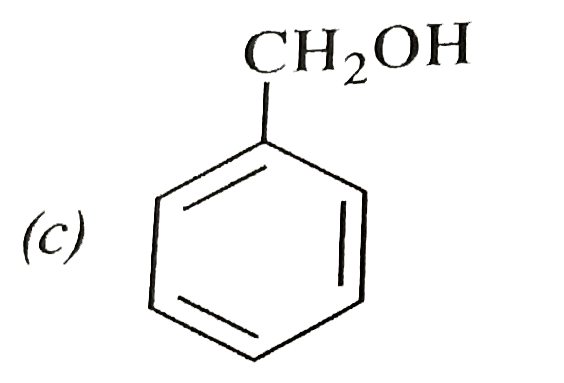 D
D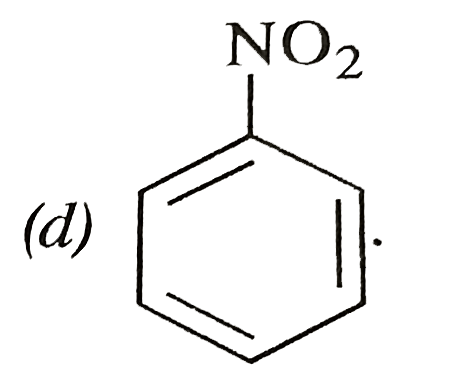
Which one of the following is most reactive towards electrophilic attack?
View SolutionWhich one of the following is most reactive towards electrophilic reagent ?
View SolutionWhich one of the following is most reactive toward electrophilic reagent?
View SolutionWhich one of the following is most reactive towards electrophilic attack :-
View SolutionWhich one of the following is most reactive towards electrophilic reagent ?
View Solution
